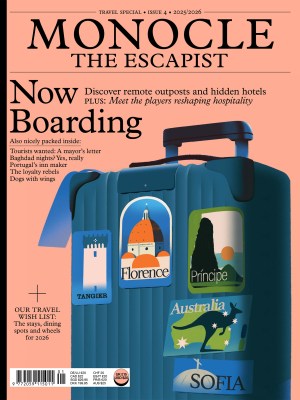Grabbing a table at food court P – the new cafeteria offering global fare in Futako-Tamagawa
Food entrepreneurs have revived an area on the edge of the Japanese capital, and they're quickly winning over the hearts – and stomachs – of locals.
It’s just before midday and lunch service is in full swing at the curiously named P food court in Tokyo’s Futako-Tamagawa area. Salarymen tuck into smash burgers as two old friends catch up over a glass of wine. Perched at the main counter are a mother and daughter, surveying the crowd with pizza slices in hand. Though P (the letter stands for “Public”) has only been open since April, lively scenes such as these have become a daily sight.
Owned by department-store company Takashimaya, Toshin Development has been deeply entwined with this area since it was founded in 1963. While department stores remain key players in Japanese retail, they need to stay nimble. The development of Takashimaya’s West Building – which the P food court occupies, alongside retailers and car parks – is an example of a successful attempt to keep things fresh.
“About 40 or 50 years ago, there were ground-floor restaurants here and people who lived nearby would come to have a casual meal,” says Koichi Moriwaki of Toshin Development. “But they were eventually turned into fashion boutiques. Until recently, this street was lined with the shops of big brands such as Celine, Fendi and Gucci. These had quite a limited audience and, over time, the links to the local area were lost.”
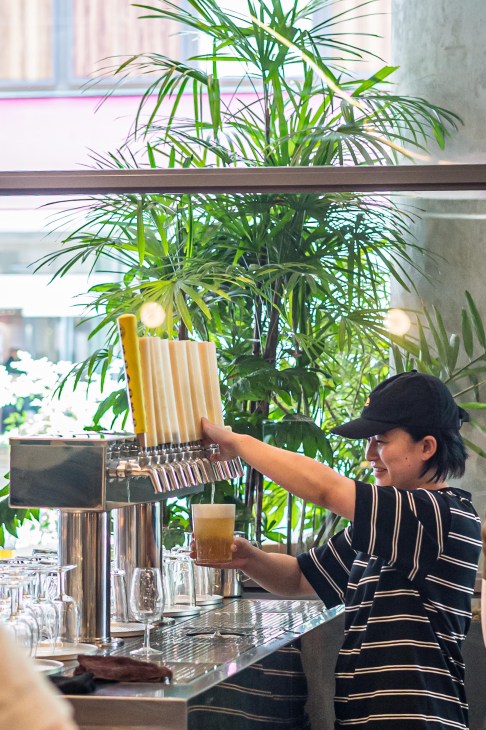

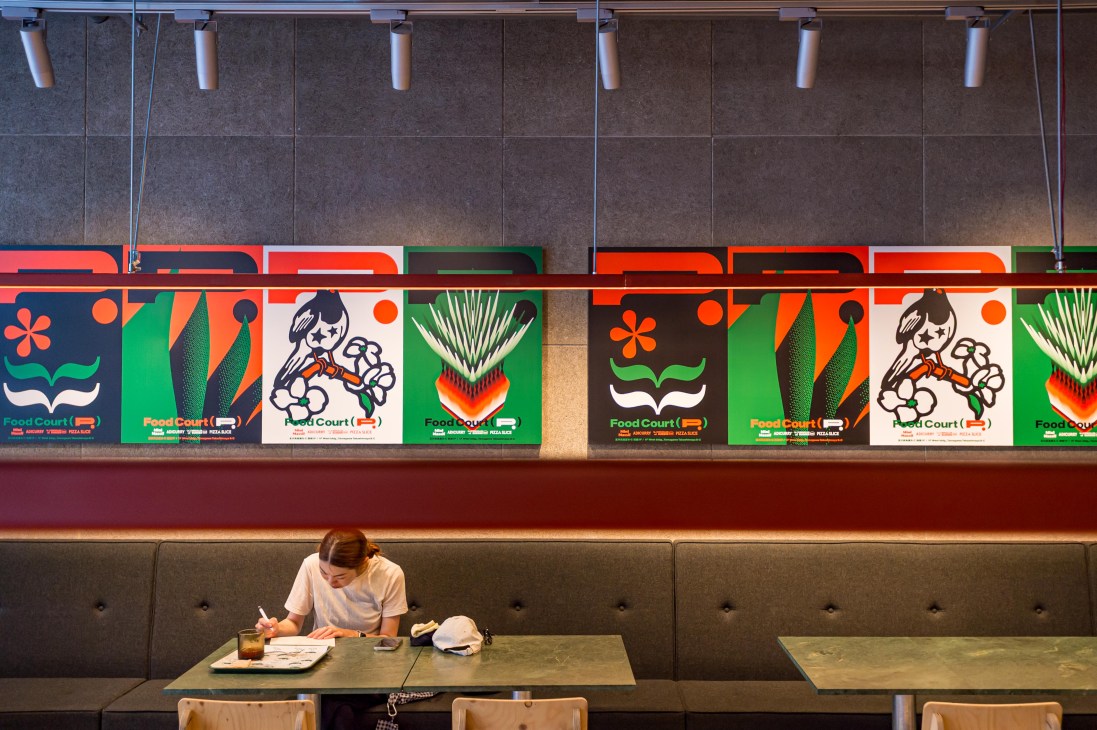
Seeking to re-establish these connections and, in the process, bring the area back to life, Toshin approached 39-year-old art director Takahiro Yasuda to oversee the project. “We viewed this as an opportunity to attract the next generation of customers: people in their thirties seeking a sense of community and an eye-to-eye relationship with businesses,” adds Moriwaki. This proved an ideal brief for Yasuda, whose clients have included the likes of Convenience Wear, Nike and Hasami-based ceramics brand Maruhiro.
“As we began considering ways to renew the street, I thought about how to make it somewhere that people would want to walk down again,” says Yasuda, who collaborated on the project with Daisuke Motogi, the founder of architecture practice DDAA. “One day, Motogi said, ‘Why don’t we turn the entire pavement into a park?’” The interior design soon began to take shape. The façade was set back two metres and landscaped seating areas created, while the glass frontage and materials blurred the lines between inside and out.

Yasuda developed a visual identity that’s bold and symbolic with a hint of fun, working equally well on street signs and seasonal posters. At the same time, Motogi’s design incorporated marble wall panels repurposed as tabletops, Karimoku New Standard stools made from insect-damaged timber and Okinawan soil, which was used to colour the main counter. “The space has been designed to provide all kinds of options, from seating styles to locations, allowing it to be enjoyed in countless ways – like a park or plaza,” says Motogi.
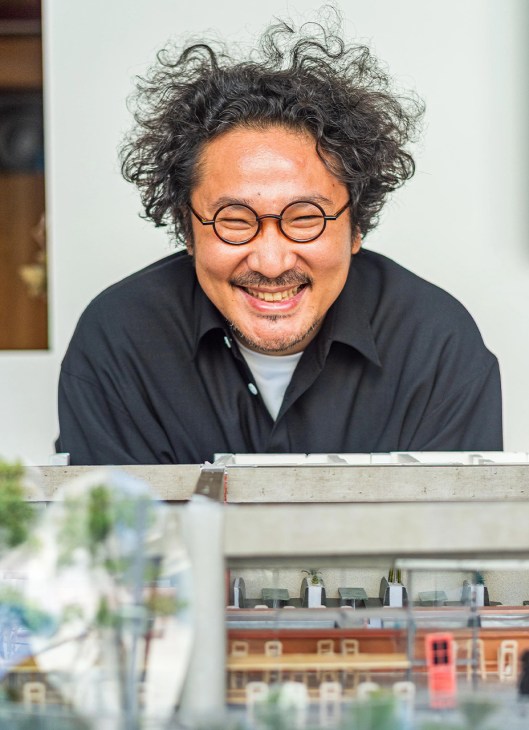
This philosophy extends to the food options on offer, overseen by Max Houtzager, who previously worked on Parklet and Meiji Park Market near the Tokyo Olympic Stadium. Sensing an opportunity to bring small-to-mid-sized operators with a slightly higher price point to the area, Houtzager gathered together a trio from the independent food scene to accompany a miniature version of his Ikejiri Ohashi-based restaurant, Massif.
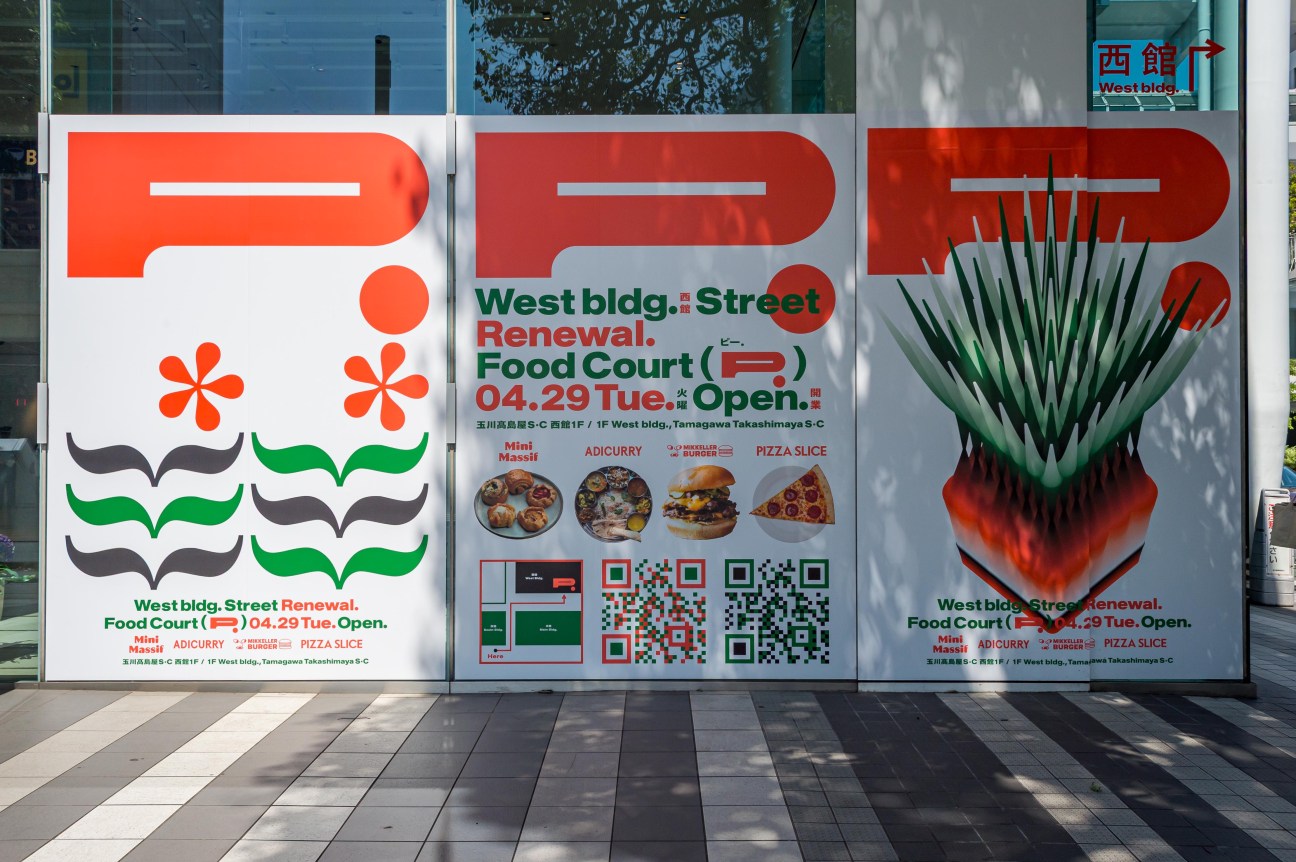
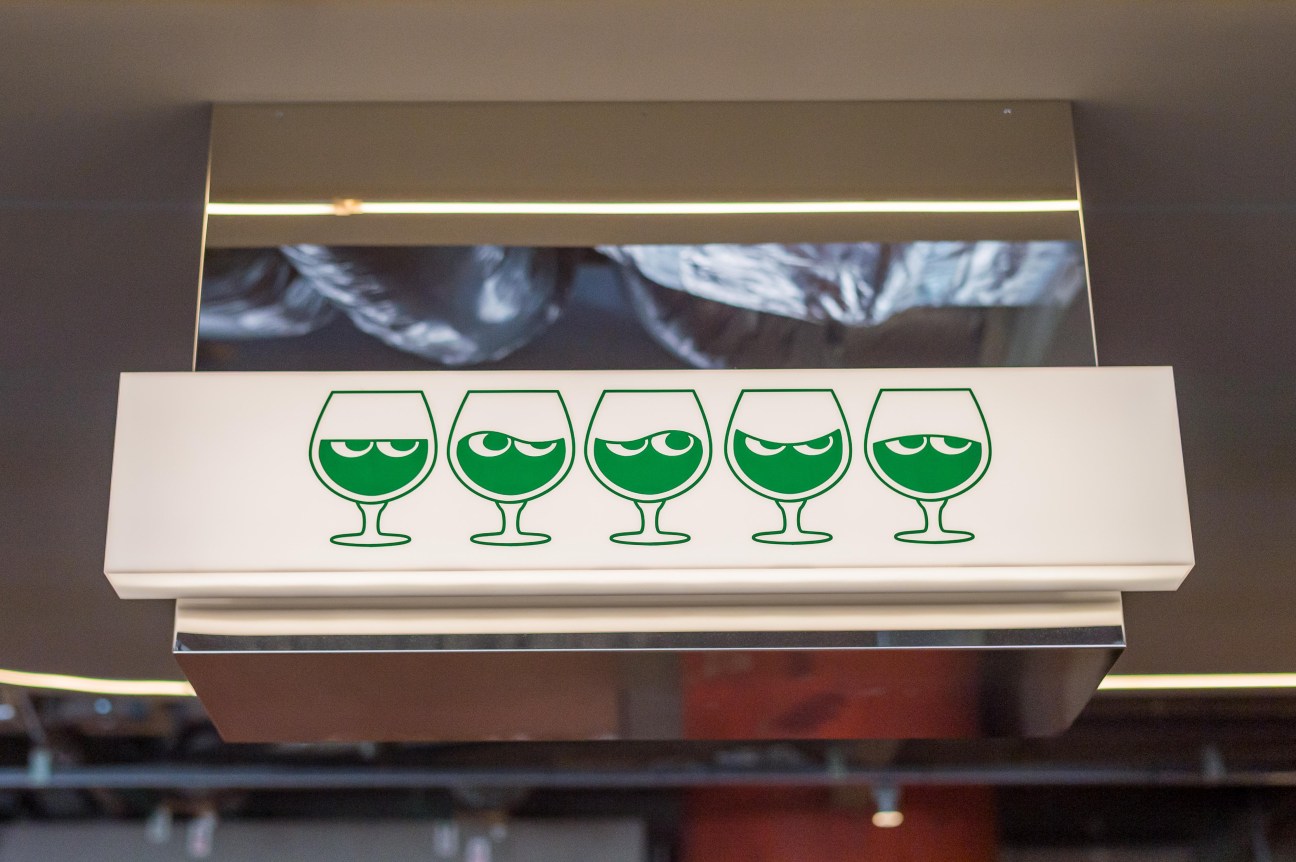
Every operator brings a strong identity and its own loyal following to P – which was part of the plan. The mix of familiar favourites and limited menus adds to the destination’s appeal, while ensuring that there’s something for everyone. Pizza Slice makes and bakes eight different New York-style pizzas; Nepalese restaurant Adicurry serves up samosas, chai and more; Danish brewer Mikkeller pairs beer with burgers; and Mini Massif caters to all occasions with café fare, noodles and wine. Collaboration has been key to the food hall’s success, particularly since the unconventional design places three shops side by side in the central island. “It comes down to the people,” says Houtzager. “Everyone is in it together.”
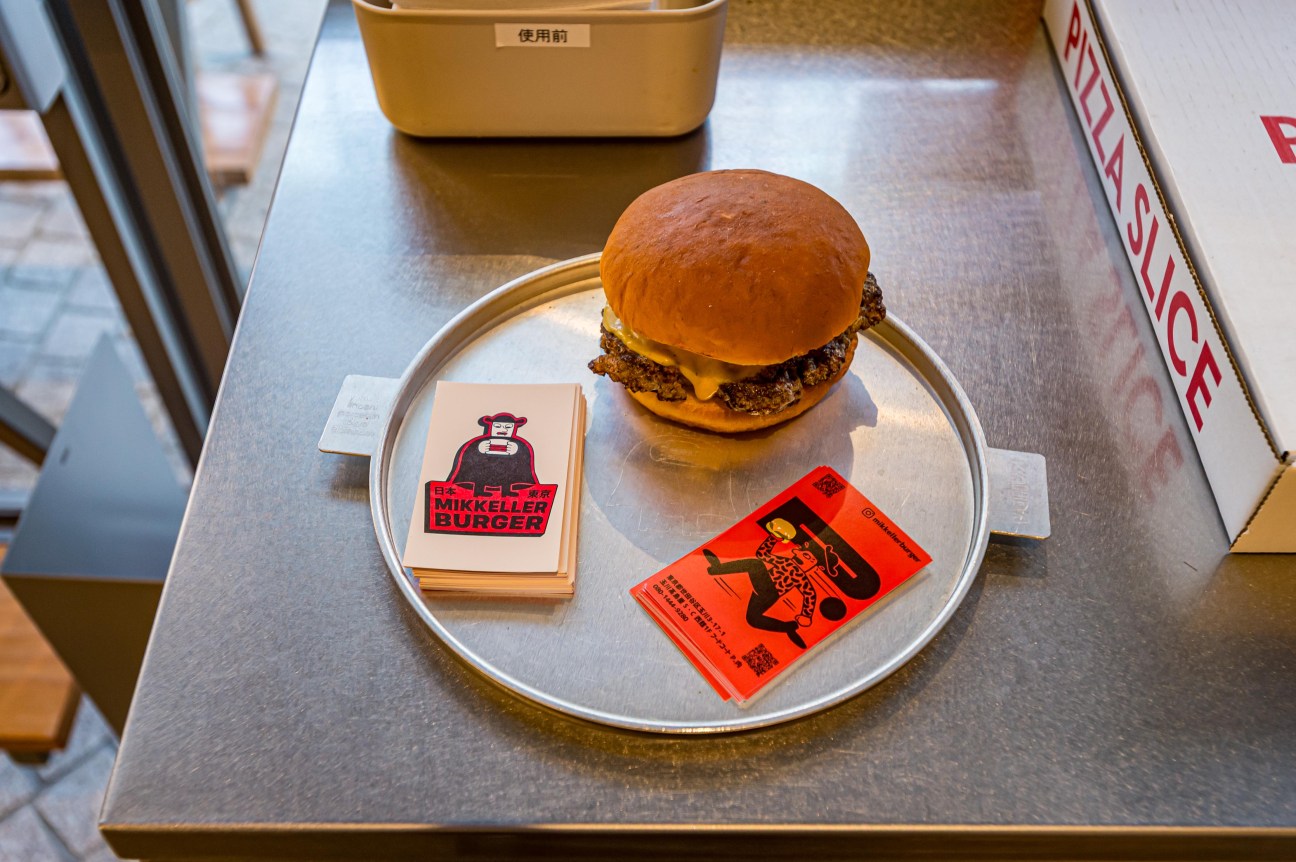
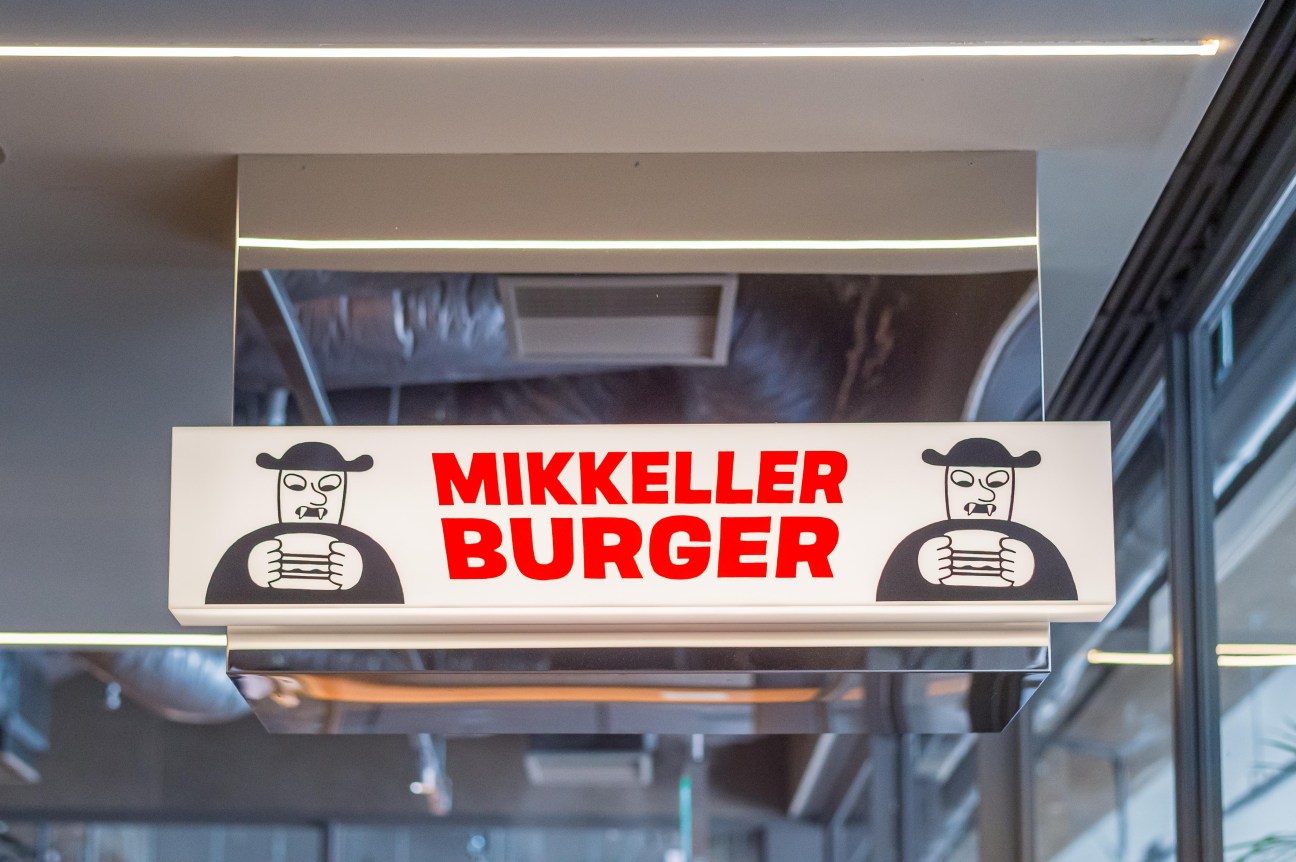
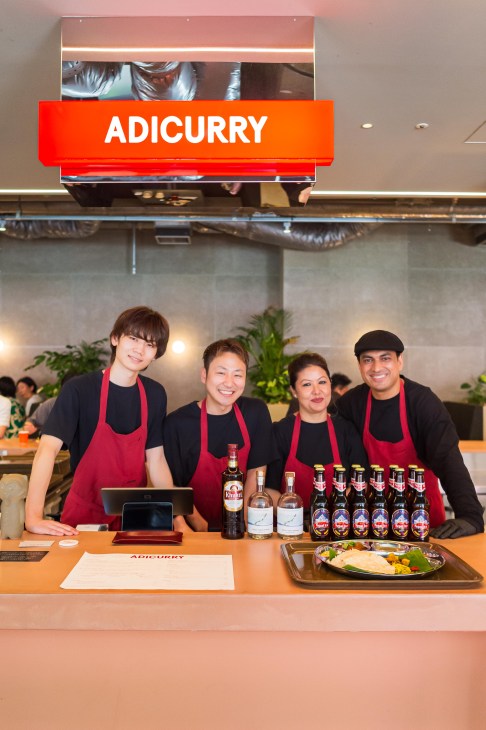
The project is in its early stages but is already catching the eye of operators, restaurants and customers. It will continue to evolve, with DDAA working on interventions to enhance navigation, flow and customer experience. Here’s hoping that the food court succeeds in its aim to be a catalyst for other similarly sociable places around Futako-Tamagawa.
p.ublic.jp
Deep foundations
Tamagawa Takashimaya Shopping Center opened in 1969, inspired by a new wave of shops and department stores emerging across the globe at the time. It was Tamagawa-based Toshin Development’s first project. In the decades since, the development has grown to encompass multiple sites, turning former factories into green-fringed commercial facilities and creating cobblestone laneways lined with restaurants, aiming to nurture the after-dark dining scene.

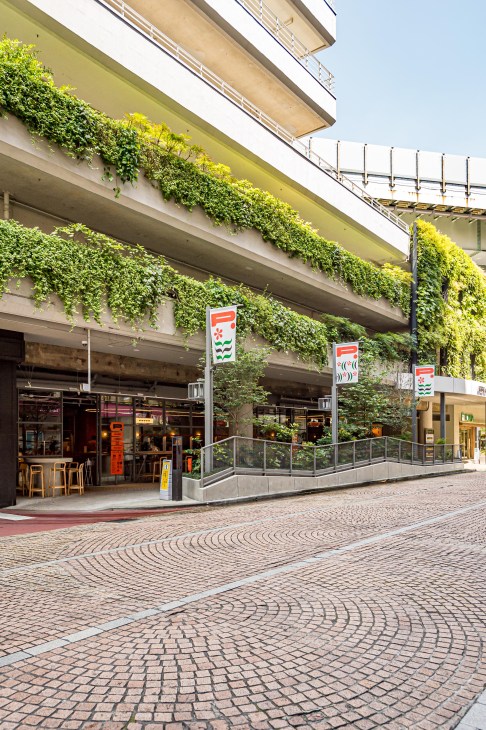
Futako-Tamagawa address book
A 15-minute train ride from Shibuya, Futako-Tamagawa is part of the Japanese capital but feels like an upscale commuter town, thanks to its green spaces and the nearby Tama river. It’s also a bustling commercial hub, with Takashimaya’s first “suburban” department store, Tokyu’s expansive mixed-use development Futako-Tamagawa Rise and the HQ of Japanese technology conglomerate Rakuten Group all in the area. Here are few things to see while you’re here:
1.
Tsutaya Electrics
store.tsite.jp
2.
Let It Be Coffee
3-23-25 Tamagawa
3.
New Valley wine shop
newvalley.base.shop
4.
Nishikawa Seika-ten
(for handmade sweets)
3-23-29 Tamagawa


